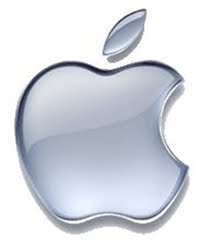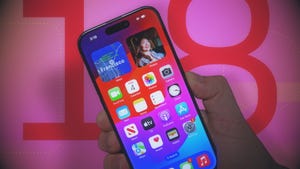We’re still officially in stealth mode, but today UBS Wealth Management Americas announced they are jumping into mobility with both feet. And we were named as a part of that effort. So I guess that means we’re in sort of “visible” stealth mode, given that we’re not talking about the details of what we’re doing or how we’re doing it. Yet.

But we do have a name now: Framehawk. (And, of course, a Twitter feed: @Framehawk). We’re working with a hand-picked set of name customers to bring existing applications to mobile devices like the iPad in a way that’s fast, secure, and doesn’t require you to rewrite those applications.
Framehawk is part of the UBS FA Mobile project
The mobility project at UBS is a big deal for their 6,000 Financial Advisors. As a start, they are bringing their proprietary wealth-management research and client materials to the iPad. “As our FAs engage with clients in an environments that compels 24/7 connectivity, we are thrilled to launch an innovative platform that gets us in front of this market change and gives us an edge,” said Anita Sands, chief operating officer for UBS Wealth Management Americas in the UBS press release about the efforts today.

In the release, UBS announced they’ve launched a 3-month pilot for a project called UBS FA Mobile in which groups of their Financial Advisors will be able to use their iPads to improve how they work with their wealth management customers.
And Framehawk is a key partner in this project. As UBS said in their press release, “This pilot phase follows a development process led by UBS's Technology group that included engaging with WMA’s FAs to provide feedback and input to the tool’s design, as well as technical development assistance, counsel, and mobility software from Silicon Valley-based Framehawk, Inc.”
How important is this project for UBS? In an interview with Registered Rep, Anita said, "We are going to consider mobile the platform of the future and place our strategic bets in that space. In the future, mobile will come first [at UBS], then the desktop second."
"UBS WMA has broken new ground," writes John Byrne of Registered Rep. He quoted Alois Pirker of Aite saying that he wasn't aware of any other firms who have a similar mobile offering like UBS. "I haven't heard of anything like the UBS application," said Pirker.
And for Framehawk: a different way to appear on the scene
This is probably the first most folks are hearing of Framehawk. And I think that's good. Usually, software start-ups make big, splashy announcements about how they’re going to change the world, then announce their product, and finally get around to talking about customers.
I like that we’re doing this all the other way around. It seems much more logical, if you think about it, to talk about customer value first. We intend to keep that up.
There’s a bit of information about Framehawk at our website, but not much detail yet. The company was bootstrapped for a few years by the founders, Peter Badger and Stephen Vilke (both with deep roots in the financial services industry), until they took an A Round of VC funding in 2010 from Alsop Louie Partners, Correlation Ventures, and Triangle Peak Partners.
I also think the time is right for enterprises to tackle mobility. I’m noticing some similar themes from my recent cloud-filled past: we're talking to folks about an innovative, new capability with great promise that large organizations are trying to figure out how to make the most of. There are a lot of lessons (related both to specific technology and adoption) that we’ve learned from cloud computing that we are applying to what we’re doing at Framehawk. And best of all (from my point of view, anyway), all these things are a great fit for me personally.
More details to come on all of this. But for right now, UBS is focused on putting their pilot through its paces. And Framehawk is going to be pretty quiet and focused on working with UBS and our other early customers.
If you want to stay up to date, follow @Framehawk on Twitter for the latest and greatest. Feel free to drop me a line (jay.fry@framehawk.com) if you want more information under NDA.


 After pausing for a moment or two to take in his career as a whole, that melancholy quickly turned to something close to amazement. It is hard not to be amazed at all Steve had been able to accomplish. He somehow brought a simple beauty to
After pausing for a moment or two to take in his career as a whole, that melancholy quickly turned to something close to amazement. It is hard not to be amazed at all Steve had been able to accomplish. He somehow brought a simple beauty to And while I didn’t use the iPods at work (much), the iPad and the Air instantly became part of my work life, given how they helped me get my work done better (and despite
And while I didn’t use the iPods at work (much), the iPad and the Air instantly became part of my work life, given how they helped me get my work done better (and despite 
















